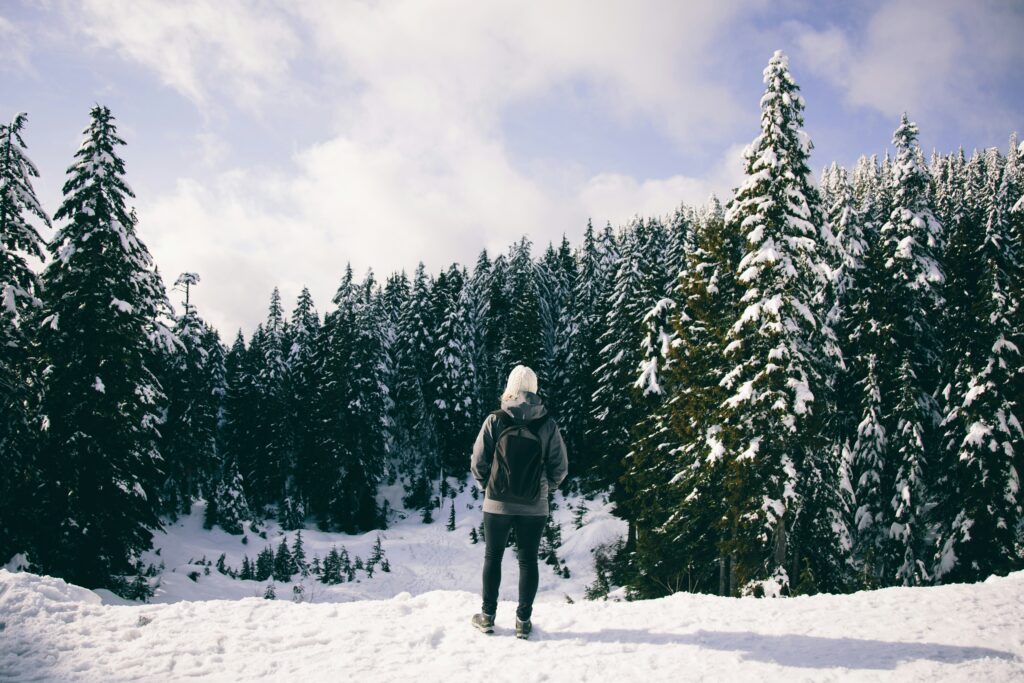Winter transforms the mountains into a pristine wonderland, offering a unique and breathtaking experience for hikers. However, venturing into the snowy peaks demands careful preparation to ensure a safe and enjoyable journey. In this guide, we’ll explore essential tips on how to prepare for winter mountain hikes, allowing you to embrace the beauty of the season while staying warm and secure.
Gear Up Appropriately
Investing in the right gear is crucial for a winter mountain hike. Start with high-quality, insulated waterproof boots to keep your feet warm and dry. Layer your clothing, opting for moisture-wicking base layers, insulating mid-layers, and a waterproof outer shell. Don’t forget to pack a hat, gloves, and a neck gaiter to protect against cold winds.
Check the Weather Forecast
Winter weather can be unpredictable, so staying informed is key. Check the weather forecast for your hiking destination and be prepared for sudden changes. High winds, low visibility, and heavy snowfall can occur, so plan accordingly and adjust your itinerary if necessary.
Choose the Right Trail
Opt for trails that match your skill level and take into account the winter conditions. Some trails may be closed or dangerous during winter, so research in advance and choose a route that is well-maintained and suitable for winter hiking. Inform someone about your plans and expected return time for added safety.
Master Layering Techniques
Layering is a fundamental strategy for regulating body temperature during winter hikes. Start with a moisture-wicking base layer to keep sweat away from your skin, add an insulating layer for warmth, and finish with a waterproof and windproof outer layer. Adjust your layers as needed to avoid overheating or getting too cold.
Stay Hydrated and Nourished
Winter hiking may not make you feel as thirsty as in the summer, but staying hydrated is crucial. Cold air is often dry, and exertion can lead to dehydration. Pack a thermos with warm beverages, and consider using an insulating sleeve to prevent freezing. Bring high-energy snacks to keep your energy levels up throughout the hike.
Carry Essential Safety Gear
Safety should be a top priority when hiking in winter conditions. Carry a map, compass, and GPS device, and make sure you know how to use them. Bring a fully charged mobile phone, a first aid kit, and a headlamp with extra batteries. Consider bringing trekking poles for stability on icy terrain.
Be Avalanche Aware
If you’re hiking in areas prone to avalanches, educate yourself on avalanche safety. Check local avalanche forecasts, carry essential avalanche safety gear (transceiver, probe, and shovel), and avoid risky terrain when the risk is high.
Conclusion
Winter mountain hikes can be a magical and rewarding experience when approached with the right preparation and mindset. By gearing up appropriately, staying informed, and prioritizing safety, you can confidently embrace the beauty of snow-covered peaks while creating unforgettable winter memories on the trail. So, lace up your boots, grab your gear, and venture into the winter wonderland that awaits you in the mountains.

